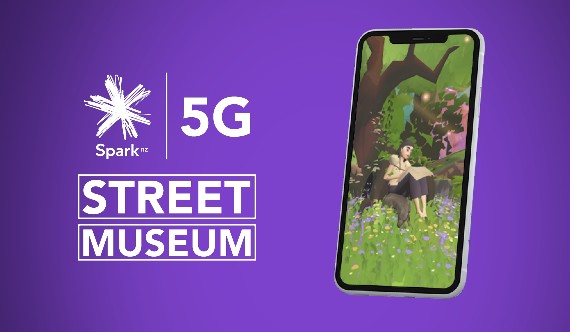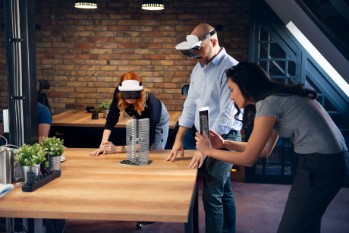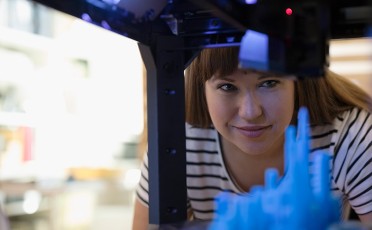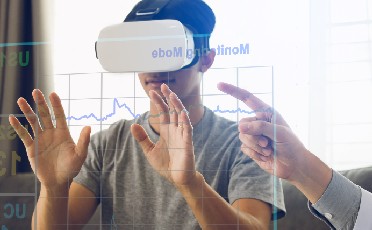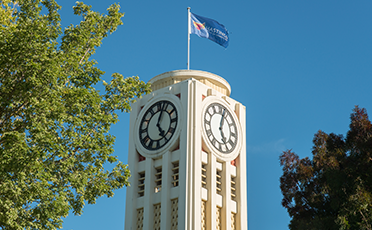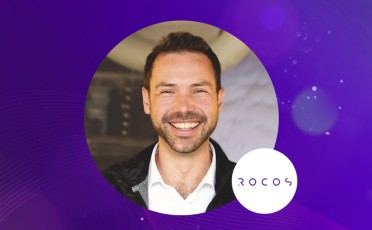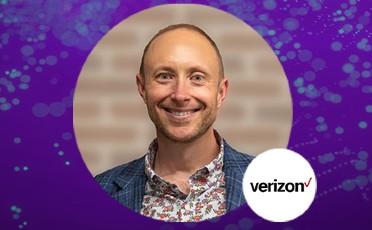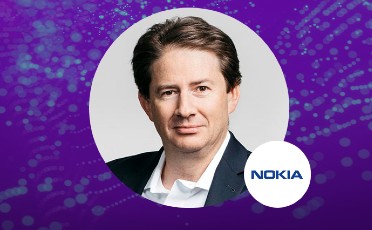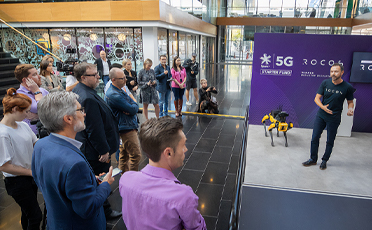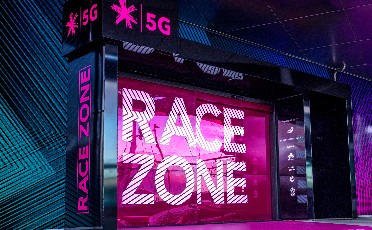Increasingly we are seeing real-world examples of how 5G technology can transform the health system. Imagine a future where our health system is digitally transformed to provide New Zealanders with better health outcomes enabling things like remote patient monitoring and care.
For example we may see improved diagnostics, robotic surgery, gamification in health, wearables such as smart pacemakers, health and wellbeing apps, and augmented reality or virtual reality for health student education.
The health industry will undergo significant digital transformation enabled by a 5G rapidly changing world. Here are a few examples of how 5G can make a big difference to deliver improved health outcomes including increased patient satisfaction, improved patient safety, increased clinician satisfaction and cost effectiveness.
Saving lives with autonomous medical drones
Autonomous medical drones may provide Emergency Service dispatchers with the ability to assist rescue teams and bystanders. Based on live video feed, they could deploy emergency supplies or defibrillators, knowing exactly what is needed in real-time.
The use of ultra-reliable autonomous drones across the health system has the potential to save lives. Harnessing the ultra-high speeds and low latency of 5G, aided by network slicing and 5G radio, medical drones can have shorter response times, real-time video feeds and precise control in changing conditions.
Providing surgical expertise with remote robotic surgery
Remote robotic surgery has the ability to give New Zealanders access to the best surgical expertise closer to home. Surgery can be a life-or-death situation and it's critical that communication must be able to exchange data and respond in real-time.
5G’s low latency and ultra-reliability, increased peak data rates, and bandwidth provides this capability. Two different forms of robotic surgery are currently being developed for the 5G era.
The first is the natural extension of surgery with the assistance of video. This could allow surgeons to remotely operate on patients via surgical robot technology anywhere in the world with lower latency than is currently possible with 4G. Emergency surgery could take place in rural New Zealand with specialist surgeons located in New Zealand’s larger cities.
A haptic glove worn by a surgeon connecting to a surgical robot, could allow the glove to detect tissues of different densities. The haptic feedback would allow the surgeon to apply the right level of pressure to complete a successful operation. The glove could also be used to support a paramedic in an ambulance allowing more advanced diagnostics.
Improving clinical decision making with 5G enabled ambulances
Clinical decision making at the point of care is critical to ensuring New Zealanders receive the right care and the right time in the right place.
5G enabled ambulances will play a bigger role in providing connected care for patients to assist with timely clinical decision making. Connecting through a high-speed, low latency network, using real-time video feeds, clinicians will have the opportunity to assess patients at the scene or in transit. They can then quickly transmit data and accurately assist paramedics with diagnosis and treatment decisions.
Managing chronic illness from home with remote patient monitoring
Remote patient monitoring (RPM) gives people with chronic illnesses the peace of mind they need, knowing they can stay in touch with healthcare providers from the comfort of their own home.
RPM solutions aren’t new, IoT devices and wearables can already monitor patients and gather data that can be used to improve personalized and preventive care. However, current network speeds and unstable connections mean multidisciplinary health team may not be able to get the real-time data they need to respond quickly.
With 5G, the remote patient monitoring system can take advantage of the key features of this technology. With lower latency and higher capacity, healthcare providers can offer RPM for more patients, while remaining confident that they will receive the data in real-time.
Using 5G connectivity introduces many other possibilities to integrate RPM with AI, AR and VR, potentially helping clinician manage patients proactively, predict changes in condition and intervene virtually when needed.
Spark 5G Street Museum
Featuring five immersive exhibits, bringing to life the unseen stories of some of New Zealand’s most iconic creatives.
5G now live across new locations
Earlier this year Spark announced that it will invest an additional $35 million to accelerate our 5G rollout, boosting total mobile connectivity investment to $125 million in FY22, and delivering 5G coverage to approximately 90% of the population by the end of calendar year 2023.
5G global trends: smart logistics
Spark’s Innovation Lead Joseph Wong shares his insights on Smart Ports.
5G global trends: cloud gaming
5G is set to make cloud gaming as seamless as streaming a movie. Find out how the convergence of 5G and cloud gaming may change the landscape for gamers.
Immersive Experiences
5G promises a whole new world of media experiences. The scope of what’s possible is about to explode.
A sustainable future for NZ
5G isn't just good for business. It's potentially good for all of us. We've barely begun to explore the ways New Zealand can benefit from 5G adoption.
Industry Disruptors
5G is set to change the way businesses operate in a fully connected world. Learn more about how 5G will optimise industry.
Next Gen Health
See how real-world examples of how 5G technology can transform the health system.
5G available now for Connected Mobility Solution
As the deployment of 5G mobile coverage increases around New Zealand, Spart IoT connectivity solutions has now enable support for 5G capabilities.
Five mobile industry trends to watch in 2022
In 2022, we will begin to see 5G making an impact in the business world as the technology matures and coverage improves.
5G available now in Napier & Hastings
Spark has announced that 5G is now available in Napier and Hastings.
Accelerating the 5G rollout
Spark has announced that it will invest an additional $35 million to accelerate its 5G rollout.
Ground robotics in action
The practical application of autonomous robots is quickly shaking up industries around the world - creating new ways of working. Join David Inggs, CEO and Co-founder of Rocos, as part of this month’s Spotlight Series on Automation.
Exploring 5G technologies with Joshua Ness
Heading up the Verizon 5G Lab in New York, Joshua works with local innovators to explore the boundaries of 5G technology, co-create new applications and rethink what’s possible in a 5G world. He covers everything from the history of wireless connectivity, a 101 on the key 5G properties, right through to what a 5G future will look like.
Exploring 5G technologies with Marcus Weldon
Marcus Weldon, former CTO of Nokia and President of Nokia Bell Labs discusses how 5G could bring about the 4th industrial revolution, and in this webinar he will explain why. The session highlights the potential 5G opportunities that will create the most value for your business.
5G Starter Fund
Spark went on a nationwide search to find New Zealand’s most innovative 5G ideas. We then committed to supporting the winning, leading-edge Kiwi businesses in bringing these solutions to life through the 5G Starter Fund.
5G Race Zone
The Spark 5G Race Zone was a free, all ages showcase of the amazing tech that Emirates Team New Zealand use to make the boat go faster.

